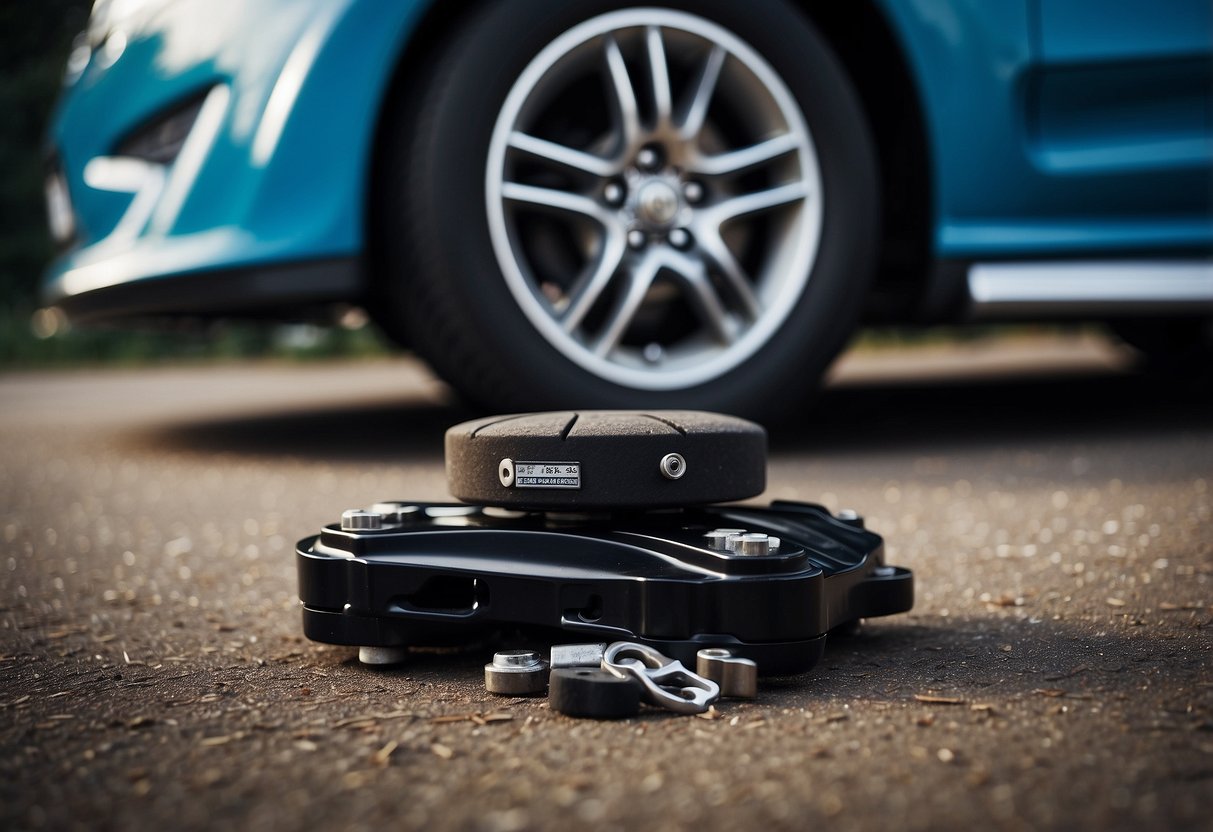The Ultimate Guide to DIY Car Maintenance: Expert Tips for Saving Hundreds on Repairs
Safety First: Equipment and Precautions
Safety is a critical component of any garage workspace. A fire extinguisher is a must-have, positioned in an easily accessible spot. Proper lighting is also crucial, with bright overhead lights and task lights for detailed work. Ventilation is important to avoid inhaling fumes from chemicals or exhaust gases, so consider adding exhaust fans or opening doors and windows during work.
Using jack stands alongside a jack ensures stability when working under a vehicle. Wearing safety gear like gloves and goggles protects against accidental injuries. Keeping the garage clean and free of loose objects minimizes tripping hazards. Finally, understanding the proper use of all tools and equipment adds another layer of safety.
Routine Maintenance Schedule
Regular car maintenance ensures the vehicle runs smoothly and reduces the likelihood of costly repairs. Attention to key areas like oil changes, fluid levels, filter replacements, and tire pressure keeps the car in optimal condition.
Oil Changes and Fluid Checks
Consistently changing the oil and checking fluid levels is fundamental. Oil should be changed every 3,000 to 5,000 miles, depending on the vehicle manufacturer’s guidelines. Fresh oil lubricates the engine, reducing wear and tear. Checking and topping off fluids such as brake fluid, coolant, transmission fluid, and power steering fluid is necessary.
Neglecting fluid levels can lead to severe mechanical issues. For instance, low brake fluid can compromise braking efficiency, while insufficient coolant may cause the engine to overheat. Monitoring these fluids ensures the car operates safely and efficiently.
Filter Replacement and Tire Pressure
Replacing filters is another critical task. Air filters should be replaced every 12,000 to 15,000 miles, ensuring clean airflow to the engine, which improves performance and fuel efficiency. Cabin air filters similarly need replacement to maintain air quality inside the car, typically around the same interval.
Maintaining correct tire pressure is crucial for safety, fuel efficiency, and tire longevity. Tire pressure should be checked monthly and adjusted as needed according to the manufacturer’s specifications found in the owner’s manual or on a sticker inside the driver’s side door. Properly inflated tires ensure better handling and reduced risk of blowouts.
Brake System Maintenance and Replacement

Regular brake system maintenance is crucial for ensuring vehicle safety. This includes inspecting and replacing brake pads, as well as dealing with rotors and brake fluid.
Inspecting and Replacing Brake Pads
Brake pads are essential components in the braking system. Check them for wear every 10,000 to 15,000 miles. Signs of wear include thinning pads and squeaking sounds while braking. If the pads are less than a quarter-inch thick, it’s time to replace them. Replacing brake pads involves removing the wheel, loosening the caliper bolts, and replacing the old pads with new ones. Ensure to press the brake pedal a few times before driving to seat the new pads properly.
Dealing with Rotors and Brake Fluid
Rotors should be checked for warping and thickness. Warped rotors cause vibrations when braking and need replacement. Skimming or replacing rotors can be done depending on the level of wear. Brake fluid also requires regular checks. It should be changed every two years or every 20,000 to 30,000 miles. Low or contaminated brake fluid can be identified if the brake pedal feels spongy. To change it, locate the brake fluid reservoir, drain the old fluid, and refill with fresh fluid. Ensure the system is bled to remove any air pockets.
Proper maintenance of these components ensures longer vehicle life and improved safety.



